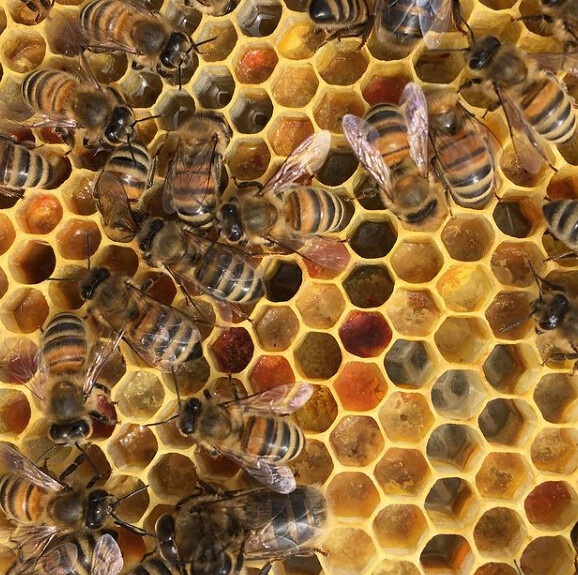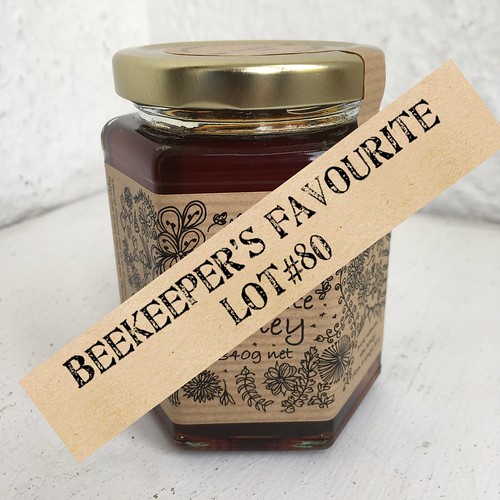

This year has started with the very exciting news that Helen was named as one of the UK’s most inspirational and dynamic female entrepreneurs by the f:Entrepreneur ‘#ialso100’ campaign 2022.
Delivered by Small Business Britain – the leading champion of small businesses in the UK – f:Entrepreneur was launched in 2017 to highlight the stories of amazing female business owners and help provide inspiration and role models across the wider small business community. Now in its fifth year, the campaign offers a host of events and training and networking opportunities to boost skills, capability and confidence.
Helen was chosen because of her work at Highgate Honey, her engineering expertise on cantilever stone stairs, championing UK honey in her honey tasting workshops and her book “80 Flowers for Bees”.
Both f:Entrepreneur and Small Business Britain were founded by Michelle Ovens CBE, who is also the director of Small Business Saturday UK.
“Congratulations to Helen Rogers of Highgate Honey, and all of the brilliant female entrepreneurs featured in this year’s #ialso100,” said Michelle Ovens.
“It is so vital that we recognize and celebrate the phenomenal contribution that women running businesses are making across the UK, and the far-reaching, positive impact they are having, not just on the economy, but on wider communities too. The last few years have been hugely challenging for small businesses, yet despite this female entrepreneurship continues to grow and flourish in the UK, and is very much at the heart of the UK’s recovery.”
To see the full line-up of the 100 amazing women featured in this year’s f:entrepreneur #ialso100 campaign visit https://f-entrepreneur.com/ialso-100-2022/






























